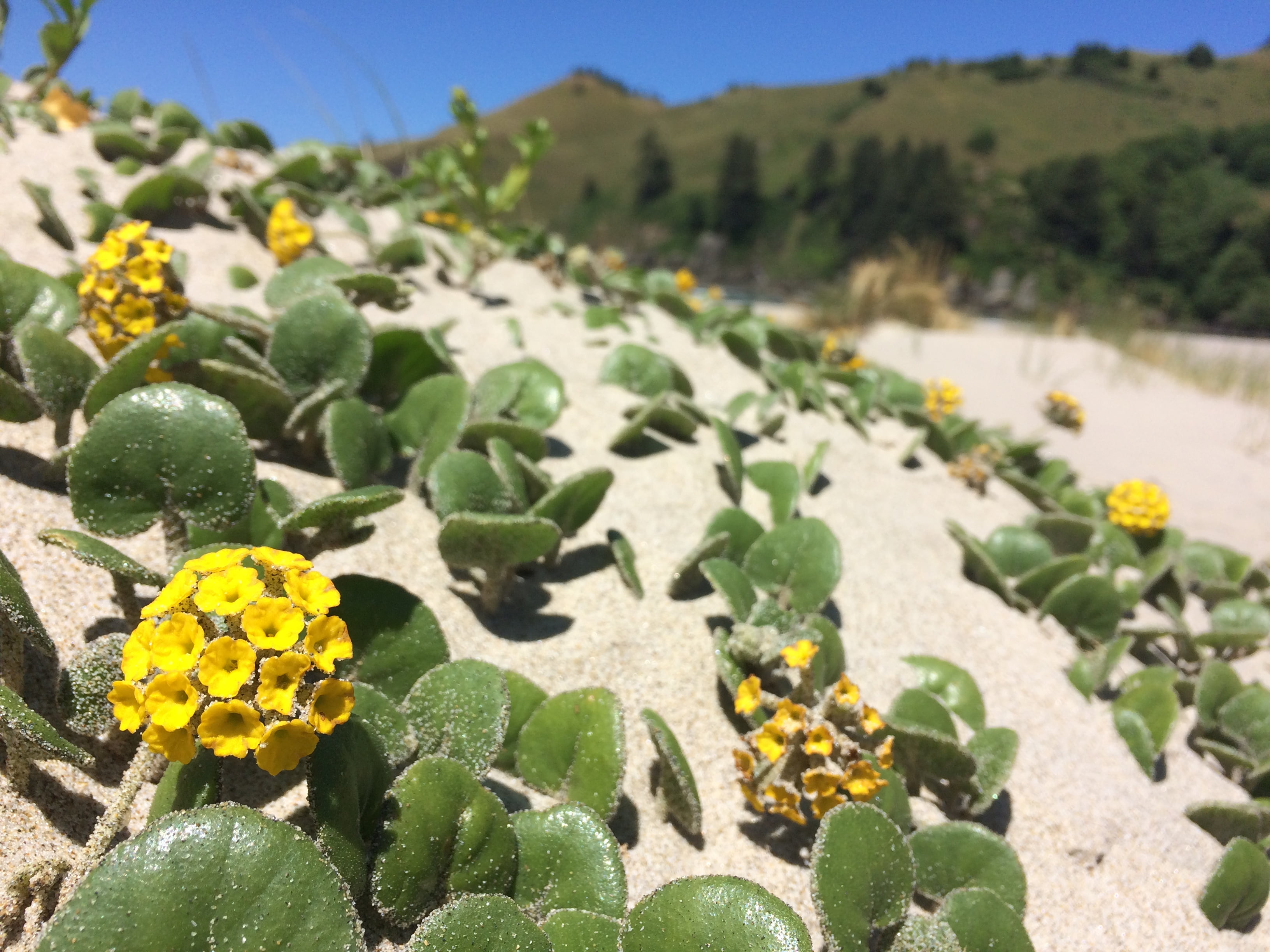
A New Partnership for Native Seed on the Oregon Coast
May 2020
Beyond the craggy cliffs and crashing waves, the Oregon coast is host to a diverse array of habitats that support unique flora and fauna. However, these coastal ecosystems are among the most rare and impacted ecosystems in the Pacific Northwest. As a result, threatened species like the Oregon silverspot butterfly (Speyeria zerene hippolyta), Coho salmon (Oncorhynchus kisutch), western snowy plover (Charadrius nivosus nivosus), and other plant and animal species that make their home in these habitats are greatly imperiled. In response to these impacts a diverse group of partners are working together to restore coastal grasslands, estuaries, and dunes to recover the listed species that depend upon them.
Successful restoration of habitat for these species depends on having sufficient supplies of native seed and plants. These native plant materials are critical to restoration but partners in the region have found them to be lacking. In order to improve this, partners along the coast have come together to develop the Coastal Native Seed Partnership (CNSP). This collaborative group is developing a seed strategy to establish a dependable and sustainable supply of native seed that is genetically diverse, ecologically appropriate, and available in sufficient quantities to meet restoration goals on a landscape scale.
The partnership began with a kickoff meeting in January 2020, which brought together coastal partners from Astoria to Bandon to discuss the development of a partnership in terms of target habitats, geographic scope, and partnership structure. This productive meeting led to a draft operations plan which provides a general structure for partnership functions like coordination, decision-making, species selection, and seed collection, production, distribution, and ownership. After a review period, partners will adopt the operations plan and sign a Memorandum of Understanding to officially create the CNSP this summer.
In addition to the administrative tasks, the species selection committee has been active this spring (albeit virtually now, due to the pandemic). This group of partners with experience in seed-based restoration and native seed production will spend the next few months prioritizing species for production based on a set of guidelines including partner demand, genetics, and production feasibility. Native seed production can be a pricey and risky endeavor, but viewing species through several lenses can reduce risk and increase the chance of a successful harvest of native seed for partners’ use in restoration projects. The committee has created a list of nine species to be targeted for seed collection in 2020, and will continue their process of prioritizing species for the next 2-5 years of seed collection and production for the CNSP.
There is still a lot of work to be done in getting the CNSP off the ground, but the group is making great progress in its first six months! This coastal project has been funded by the Oregon Watershed Enhancement Board and Oregon Parks and Recreation Department with additional technical support from the U.S. Forest Service, U.S. Fish and Wildlife Service, The Nature Conservancy, Tillamook Estuaries Partnership, and the Center for Natural Lands Management.
Restoration
Research
Education
Get Involved
Contact
Main Office:
4950 SW Hout Street
Corvallis, OR 97333-9598
541-753-3099
[email protected]
Southwest Office:
1202 Parkway Dr. Suite B
Santa Fe, NM 87507
(505) 490-4910
[email protected]
© 2024 Institute for Applied Ecology | Privacy Policy


